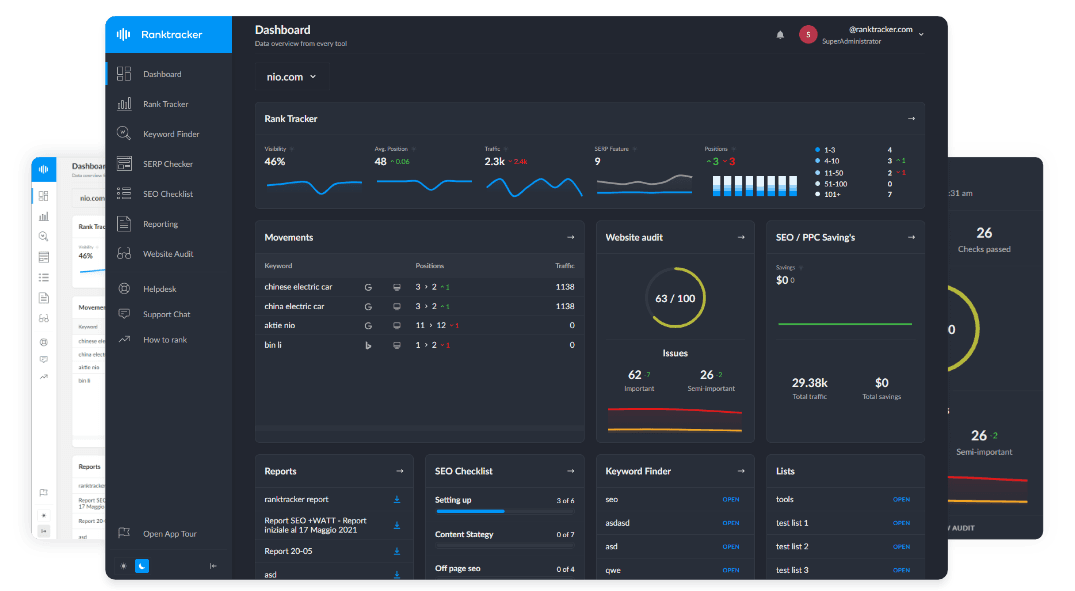Intro
AdSense revenue is influenced not only by traffic volume and CPC rates but also by the ad formats and placements used on your website. Strategic choices regarding ad types and their positioning can boost click-through rates (CTR), improve user experience, and significantly increase earnings. This article explains how ad format and placement impact revenue and offers actionable tips for optimization.
How Ad Format Affects Revenue
Ad format determines how ads are displayed on your site and how users interact with them. Different formats cater to unique user behaviors and device types.
Responsive Ads
Responsive ads automatically adjust their size and format to fit the screen and layout of the user’s device.
- Advantages: Optimized for all devices, ensuring seamless visibility and engagement.
- Impact on Revenue: Higher CTR due to better adaptability and user experience.
Tip: Use responsive ads for consistent performance across desktop, mobile, and tablet users.
Display Ads
Traditional banner ads that come in fixed sizes.
- Advantages: Easy to implement and highly visible on high-traffic sections.
- Impact on Revenue: Perform well on desktop layouts but may have lower engagement on mobile devices.
Tip: Complement display ads with responsive formats for better reach.
Native Ads
Native ads blend naturally with your website’s content, appearing less intrusive.
- Advantages: Higher engagement because they align seamlessly with site design.
- Impact on Revenue: Better CTR and RPM due to user-friendly integration.
Tip: Include native ads on blogs and content-heavy pages to enhance engagement.
Video Ads
Video ads are ideal for websites with multimedia content or tutorial-style articles.
- Advantages: High engagement, particularly for video-focused audiences.
- Impact on Revenue: Often generate the highest RPM, especially in niches like entertainment or education.
Tip: Use video ads to capture user attention on multimedia-rich pages.
Matched Content Ads
Matched content ads recommend related articles while also displaying ads, enhancing user experience.
- Advantages: Increase pageviews and session duration by encouraging users to explore more content.
- Impact on Revenue: Boosts impressions and engagement indirectly.
Tip: Place matched content ads at the end of articles to promote internal content while generating ad revenue.
How Ad Placement Influences Revenue
Ad placement determines where ads appear on your site and how likely users are to engage with them.
Above the Fold
Ads placed near the top of the page, visible without scrolling.
- Advantages: Immediate visibility, increasing engagement.
- Impact on Revenue: Higher CTR as these ads are the first thing users see.
Tip: Reserve above-the-fold placements for your most profitable ads, but avoid cluttering the space.
Inline Within Content
Ads placed within the body of your content ensure users encounter them as they read.
- Advantages: Naturally integrated into the reading flow, leading to better interaction.
- Impact on Revenue: High CTR as these ads are encountered during active engagement.
Tip: Position inline ads at logical breaks in your content, such as between sections or paragraphs.
Sidebar Ads
Ads positioned on the left or right side of the page.
- Advantages: Non-intrusive and visible throughout the browsing session.
- Impact on Revenue: Moderate CTR but effective for desktop users.
Tip: Use sidebar ads as supplemental placements, especially for desktop layouts.
Footer Ads
Ads appearing at the bottom of the page.
- Advantages: Capture attention at the end of a session.
- Impact on Revenue: Lower CTR but useful for maximizing impressions.
Tip: Combine footer ads with sticky banners to increase visibility without disrupting user experience.
Mobile-Specific Placement
Mobile users engage with ads differently than desktop users.
- Advantages: Mobile-specific placements and responsive ads ensure better visibility.
- Impact on Revenue: Higher impressions but may require careful optimization to improve CTR.
Tip: Prioritize responsive ad formats and focus on placements that integrate seamlessly with mobile layouts.
Best Practices for Optimizing Ad Formats and Placements
Focus on A/B testing to determine which ad formats and placements perform best with your audience. Use heatmap tools to identify high-engagement areas on your site. Ensure your ads are mobile-friendly, as mobile traffic dominates most websites today. Avoid overcrowding pages with ads to maintain a positive user experience. Regularly analyze your AdSense performance to refine your strategy.
Case Study: Revenue Impact of Optimized Ad Formats and Placements
A lifestyle blog with 150,000 monthly pageviews initially relied on sidebar and footer ads, generating an RPM of $8. After introducing inline native ads within articles and responsive banners above the fold, the RPM increased to $22, boosting monthly revenue from $1,200 to $3,300.
Conclusion
Ad format and placement are crucial factors in maximizing AdSense revenue. By selecting user-friendly formats like responsive or native ads and strategically placing them in high-visibility areas, you can significantly boost CTR, RPM, and overall earnings. Focus on maintaining a balance between ad revenue and user experience to create a sustainable and profitable website.

